Confidence, Risk Taking and Dealing with Difficult Situations
March 14, 2018Posted by: Linda P. Hudson
I am often asked to speak on risk taking and dealing with difficult situations, which, quite frankly, is the story of my career. And because I have been at this for quite some time now, I often narrow my focus to several pivotal events and one fundamental reason for my success: confidence.
When Katty Kay and Claire Shipman interviewed me for their groundbreaking bestseller, The Confidence Code, their book premise was to analyze the confidence gap between women and men. In the book they reference a study at Hewlett-Packard that revealed women at HP only applied for promotion when they believed they met 100 percent of the required qualifications, whereas men applied when they felt they met just 60 percent of the qualifications. The conclusion was that women felt confident only when they felt perfect, and men don’t have this inhibiting affliction.
Because of their research for the book, Katty and Claire decided to shift their focus away from a confidence “gap” and toward the methods required to bridge the gap and develop the confidence “code.” Some women, like myself, appeared to have conquered this common “gap” and never lacked the confidence to take risks, make tough decisions and work through difficult situations. They found this intriguing because I worked in the most male-dominated industry one could imagine – the defense industry.
During my early 40s, I achieved my first senior executive position as a company vice president and president of a wholly owned subsidiary. I attribute this success to a lot of hard work but also to my willingness to volunteer for every high-profile assignment that came along, never saying no to any opportunity that was presented, and, even though I sometimes knew nothing about what they were asking me to do, having the confidence to know I could figure it out…and I did.
A significant inflection point in my career came in 1993 when my boss called me at 7 a.m. to inform me my job was moving from Orlando to Vermont, and I was expected to move and take my entire team. I shared the news with my husband and 14-year-old daughter, who both promptly informed me they were not moving, and they didn’t. I did. I went to work, informed my team, and we proceeded to move to Vermont. Despite my family’s objections, which resulted in a challenging commute for four years, the deal was done. I had worked too hard for too long to back away from my role.
I took a leap of faith and figured out how to deal with the family challenges. Little did I know it would set me on a path to career heights I never could have imagined. Through it all I turned setbacks and challenges into resilience and determination.
The next pivotal career event occurred when the company in Vermont was acquired. It was a very unsettling time for everyone, particularly the senior executives. We didn’t know if we would have jobs when the deal closed, but instead of waiting for my fate to be decided for me, I became determined to help shape it. I volunteered for a key role in the pre and post-acquisition activities. I got to know the acquiring company because of this visibility. After the deal closed I was offered a role I never had performed before: the vice president of business development for the new corporation. It required another move, but because the job was at the corporate headquarters and national in scope, it raised my visibility and allowed me to interface with senior corporate leaders on a daily basis. So two years later when the president of my former company in Vermont retired, I was promoted and moved back to run the company.
When I returned I found many issues requiring a review of the business strategy and overall business processes. After implementing many changes in people, processes and products we quadrupled the revenue over five years and improved profitability. As we expanded, we moved the company headquarters to Charlotte, N.C., and more than 90 percent of the headquarters’ employees agreed to relocate with me.
Two years later the phone rang again. I was recruited to BAE Systems, Inc. in Washington, D.C, as Group President of Land and Armaments. It was a job three times the size my current role, so I packed my bags once again. Two years after joining BAE Systems, Inc. I was appointed President and CEO at the age of 59. It was a challenging time because we were facing a significant downturn in defense spending after a major spending increase during Iraq and Afghanistan. My job was to reposition the company and remain profitable during the decline. To do so meant tough decisions, including the reduction of 30 percent of the workforce. We performed well during the downturn and the company was well positioned for the future. Now it was time for me to retire.
As I left the big corporate world, I knew I had more things I wanted to do. My most recent leap of faith was starting my own consulting company, The Cardea Group, at 64 years old and while serving on three corporate boards. I went from 40,000 employees to four, and despite the unique challenges only an entrepreneur can understand, I now get to help other individuals, companies and boards accelerate their success.
I exceeded every aspiration I dared dream, and each pivotal event in my career had several similar characteristics, even though the people, places and circumstances were vastly different. The characteristics were consistent because they were about me, and I had control of them. Looking back on the story of my career, I leave you with five key takeaways:
- Take risks. This is necessary and non negotiable.
- Get over having to be perfect. Your “good” is most likely better than you think.
- Look for high-profile assignments. People need to know who you are and what you can do.
- Take a leap of faith and go with your gut. Usually things work out.
- Believe in yourself. Because if you don’t, no one else will.
These key takeaways are crucial to building and understanding your own confidence, no matter your experience, education or ideas. Because, as Katty and Claire write, “Confidence, ultimately, is the characteristic that distinguishes those who imagine from those who do.”


